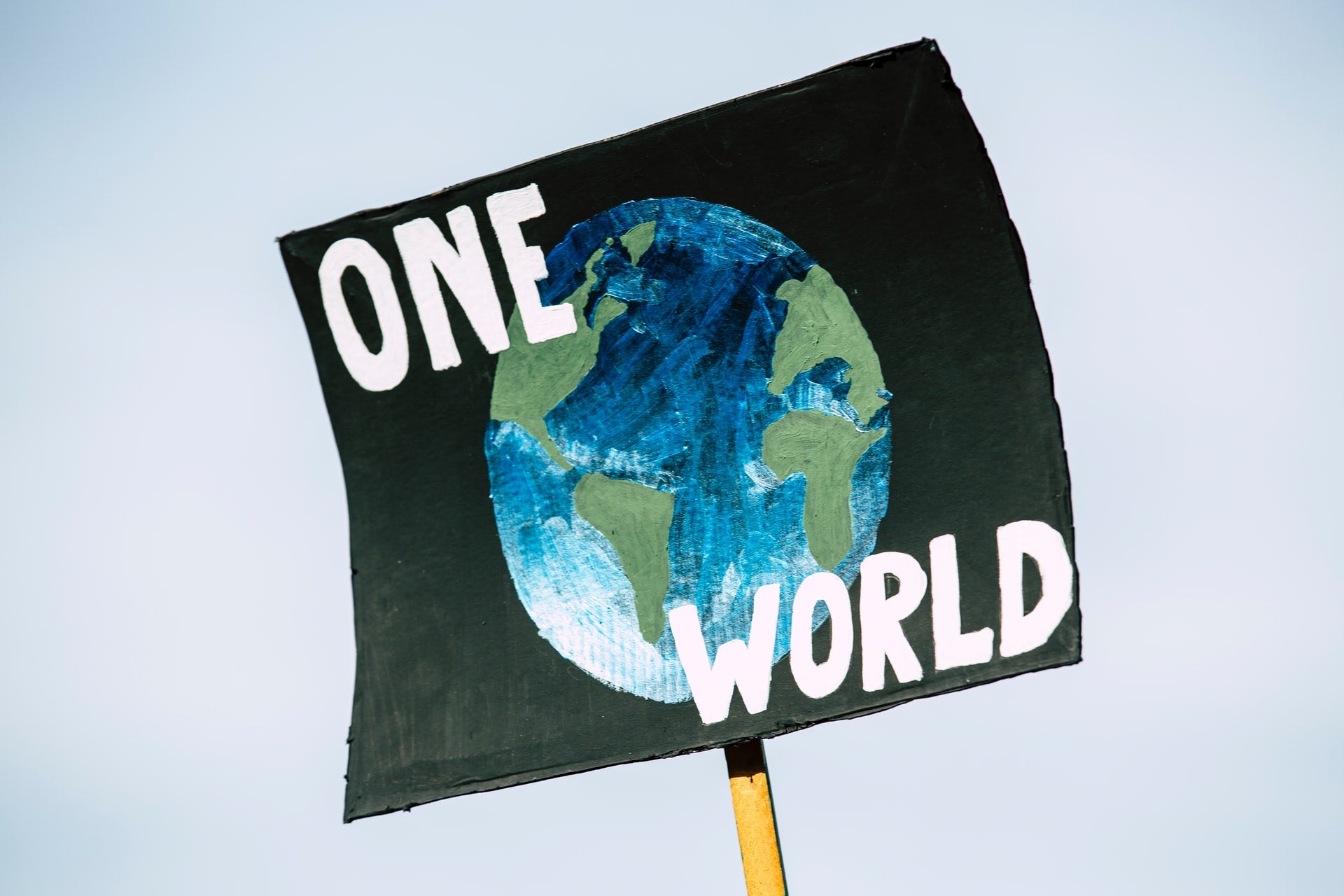
Climate change is having disastrous effects across the globe, disrupting natural systems, raising sea-levels, and more. To combat climate change, governmental action and environmental laws have been implemented in several countries.
However, despite governmental action, the aim to reach net-zero by 2050 and halve greenhouse gas emissions by 2030 – a goal many countries are pledging – is still out of sight according to UK-based data analytics company GlobalData.
Earlier this month, GlobalData released a thematic research document on climate change and its impact on businesses, urging companies to recognise that “the need for climate action will only increase” and that combatting it requires an “all hands on deck” approach.
Packaging Gateway looks at the part the packaging industry is playing in creating but also combatting climate change, which packaging companies are leading the way, and how the industry could better drive climate change action.
The goal to achieve net-zero is “not in sight”
Governmental action has been part of the efforts to combat climate change.
One of the most notable efforts being made is The Paris Agreement, which came into force in November 2016 and was endorsed by 196 parties, with the only major emitters not formally joining being Iran, Turkey, and Iraq.
The agreement is a legally binding treaty with the goal to limit global warming to 1.5°C by means of “reaching global peaking of greenhouse gas emissions as soon as possible” in an effort to reach net-zero.
Reaching net-zero carbon emissions by 2050 and halving greenhouse gas emissions are goals that many countries, including the UK, have implemented in industrial strategies, however, according to GlobalData, this goal is “not in sight”.
GlobalData details: “Despite scientific consensus on the urgency of both net-zero by 2050 and halving greenhouse gas emissions by 2030, the global economy is not yet on that path.
“Current levels of climate ambition are very far from putting us on a pathway that will meet our Paris Agreement goals.”
How the packaging industry contributes to climate change
The packaging industry has faced scrutiny for the damaging effects certain materials, like plastic, have on the environment.
Plastic pollution threatens wildlife and spreads toxins; the image of a plastic straw stuck in a turtle’s nose, for example, is a famous image many would recall when thinking about climate change.
However, the manufacturing process of plastic also contributes to climate change and, according to UK-based environmental organisation Friends of the Earth, is responsible for 5% of greenhouse gas emissions.
Plastic is made from fossil fuels, the extraction process of which releases dangerous greenhouse gases and is one of the largest contributors to climate change. These oils are in high demand, thereby making plastic cheaper and more popular to produce.
Because of the low cost of petrochemicals, fracking – a process used to extract shale gas or shale oil – has become a huge investment in plastic production worldwide. Fracking carries many risks to water, public health, and local environment.
According to Friends of the Earth: “Scientists agree that if we are to avoid dangerous levels of global warming, the majority of proven fossil fuel reserves need to stay in the ground”.
However, it’s not only plastic that contributes to climate change in the packaging industry. Other materials, like paper, also carry their own problems.
With paper, it is often heralded as a “lesser of two evils”. The material does not cause pollution in the same way that plastic does, as it biodegrades much faster and doesn’t cause damage to ocean life; however, paper production also leads to deforestation when not produced sustainably and requires more energy in general to produce than plastic.
What are packaging companies doing to help?
Despite the issues the packaging industry face when it comes to being eco-friendly, recent years have seen packaging companies making large efforts and creating environmental strategies in an effort to combat climate change.
Companies have been reducing the material used in packaging, switching to environmentally friendly alternatives, and using more recycled materials, thus reducing emissions created from production as well as transportation.
GlobalData said: “Emissions reduction strategies vary based on the type of packaging a company produces.
“Metal packaging companies are pushing for a circular economy model: recycled aluminium, for example, requires 95% less energy than virgin aluminium.
“This suggests that packaging companies could be leaders in increasing recycling rates.”
The GlobalData report goes on to discuss some major packaging companies including US-based Ball, Norway-based Elopak, and Switzerland-based SIG Combiblog, and the efforts they are making to combat climate change.
For example, Ball, a metal packaging company, is fighting climate change through its commitments to reduce Scope 1 and 2 greenhouse gas emissions by 55% by 2030. The company aims to meet its targets by switching to renewable energy and improving energy efficiency through production and transportation.
Through looking at the efforts made by large packaging companies, businesses in the packaging industry can begin to work on their own environmental strategy or draw inspiration from leaders in climate change action.
How packaging companies can become climate leaders
In its report, GlobalData states that every company has the potential to “become a climate leader” and assist in the goal to achieve net-zero.
GlobalData has its own framework built to help companies set environmental strategies known as ‘ESG’, three pillars which include Environmental, Social, and Governance.
This framework identifies the drivers within each pillar, names key contributing factors, and identifies what actions could be taken to mitigate them.
Hundreds of companies have made commitments to reach net-zero by 2050, and the number of climate leaders are growing as environmental awareness becomes more mainstream and urgent.
Decarbonisation is possible, but it needs help from businesses to achieve it, not just governmental action alone.


